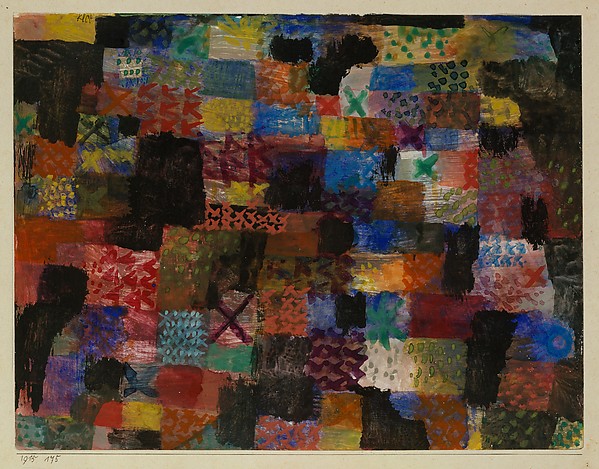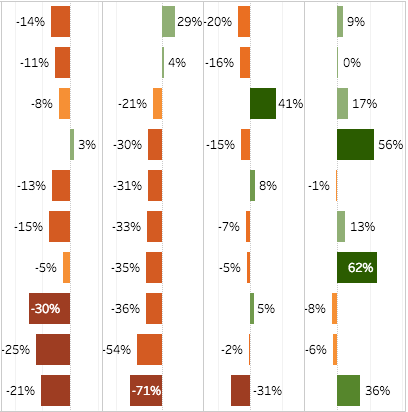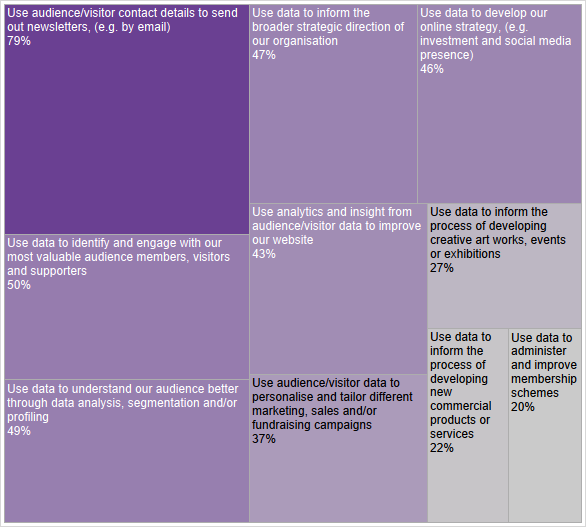One of the main areas I have worked on, both at Tate and at The Met, was understanding users and defining segmentations that could help us think about designing and evaluating experiences for each type of user. Having a segmentation also helps to establish an internal language so when a new feature is added, content is created or a new digital product is developed, we can discuss internally who are the audiences we are targeting or serving with that specific initiative or piece of content. Both pieces of research to define the segmentations ended up with similar typologies. Moreover, other museums have reached similar findings in terms of what are the variables that define the different user profiles. The process to develop a segmentation should be influenced by how the museum plans to use it. For example, in order to improve the experience, knowing users’ motivations and, in consequence, their needs and expectations is a key component of those profiles. However, if the museum aims to reach more users then, in that case, a look at the market analyzing the current audiences versus those who do not use your website or digital product may be the best way to approach the segmentation work.

Understanding museum website users
Below is a table with the user research work developed by various museums. I’ll try to keep this list updated and if you know about other segmentation work that I had missed please add it to the comments.


